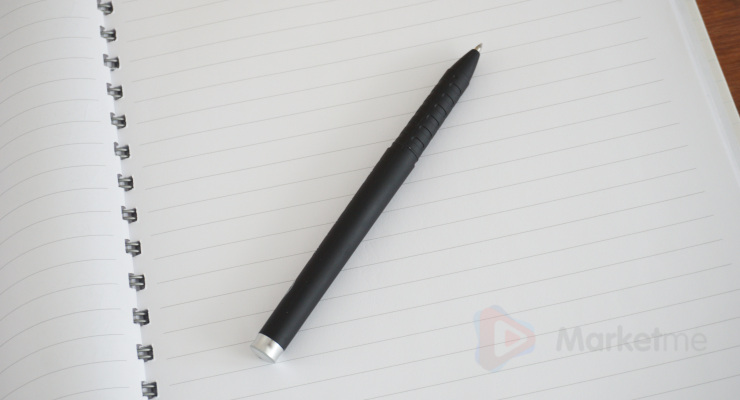Why You Should Consider Temporary Classroom Structures
When constructing, you must consider the environmental impact of the building. The idea behind the innovation of energy-efficient temporary structures is to substitute the traditional architecture with eco-friendly and energy-saving temporary buildings. The significant advantage of temporary structures over the permanent structures is that they are designed elsewhere and only assembled on site. The structure can be quickly dismantled once the activities being carried out are completed.
Energy-efficient temporary structures are fitted with equipment like insulated steel walls, HVAC systems, and LED lighting systems. All of that ensures maximum energy is saved. In addition to the energy-saving equipment in the temporary structures, the material used to construct them ensures minimal air leakage.
These factors help you to save on energy utilized, and more importantly, the money spent on paying energy bills. Temporary buildings can be reused. Therefore, once the students are on holiday, the structure can be redesigned and used for another purpose before the students resume.
Before setting up one, there are some key factors that one needs to consider.
Selecting the Most Appropriate Site for the Building
It is critical to remember that the primary purpose of the temporary classroom is to ensure maximum saving of energy. In addition to that, the class should offer favorable conditions to learn despite rapid and unpredictable weather changes.
Therefore, the first and most crucial step is selecting the most appropriate site for the site for your needs. The location of the school is unchangeable, but the structure can be switched. An expert must be involved to make the right decision on site selection. This is because there are specific parameters like the direction from which the sun rays will hit the structure, which will help to ensure that the classroom temperatures are maintained and reducing HVAC energy used. Additional factors that have to be considered include the impacts of rain, wind, and snow to the energy-efficient temporary building.
Proper Design of the Structure
The point that one should always remember is that the structure is being set up for educational purposes where students will be utilizing energy at all times. Therefore, the design should put energy efficiency as a priority at all times. The classroom windows should be large enough to allow entry of a sufficient amount of sunlight and ensure proper circulation of air in the classroom. Apart from that, the designers should consider using renewable sources of energy like solar panels so that electricity will only be used when the weather is cold.
Frequent Monitoring and Maintenance
Once energy efficient, all features of the structure will be functional. However, as time goes by, some features will begin to fail and cease to function. The solution is choosing a service provider who provides regular monitoring and maintenance of the temporary structure they have built.
Conclusion
Due to frequent climatic changes in the world today, it has made it necessary for schools to construct energy-efficient temporary classrooms that will utilize light from natural sources. Besides that, they should maintain favorable temperatures for learning purposes.









